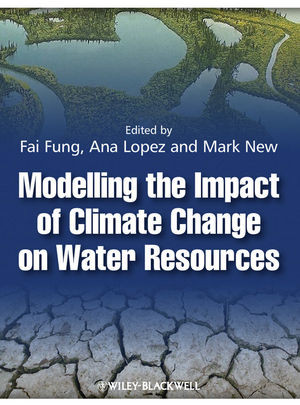

Most ebook files are in PDF format, so you can easily read them using various software such as Foxit Reader or directly on the Google Chrome browser.
Some ebook files are released by publishers in other formats such as .awz, .mobi, .epub, .fb2, etc. You may need to install specific software to read these formats on mobile/PC, such as Calibre.
Please read the tutorial at this link: https://ebookbell.com/faq
We offer FREE conversion to the popular formats you request; however, this may take some time. Therefore, right after payment, please email us, and we will try to provide the service as quickly as possible.
For some exceptional file formats or broken links (if any), please refrain from opening any disputes. Instead, email us first, and we will try to assist within a maximum of 6 hours.
EbookBell Team

4.1
10 reviews For students, scientists, engineers and decision-makers alike, this book provides an invaluable and critical look at the information that is provided by climate models, and the ways it is used in modelling water systems. A key focus is the exploration of how uncertainties may accrue at each stage of an impacts assessment, and the reliability of the resulting information. The book is a practical guide to understanding the opportunities and pitfalls in the quantitative assessment of climate change impacts and adaptation in the water resource sector.Content:
Chapter 1 Introduction (pages 1–3): Fai Fung, Ana Lopez and Mark New
Chapter 2 Weather and Climate (pages 4–33): Daithi A. Stone and Reto Knutti
Chapter 3 Regional climate downscaling (pages 34–85): Robert L. Wilby and Hayley J. Fowler
Chapter 4 Water for People: Climate Change and Water Availability (pages 86–127): Glenn Watts
Chapter 5 Emerging Approaches to Climate Risk Management (pages 128–135): Ana Lopez, Robert L. Wilby, Fai Fung and Mark New
Chapter 6 The Case Studies (pages 136–182): Rodrigo C. D. Paiva, Walter Collischonn, Edith Beatriz C. Schettini, Jean?Philippe Vidal, Frederic Hendrickx and Ana Lopez